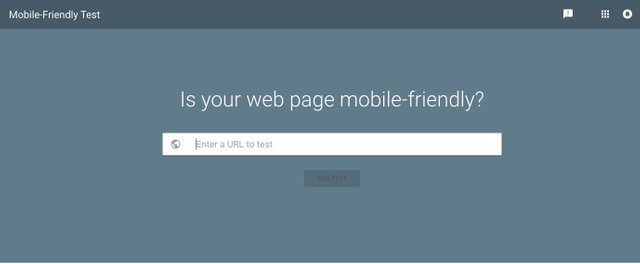How to Reduce Bounce Rate
Google RankBrain has become one of the important algorithm made as website’s ranking signaling, and it has led SEO practitioners to focus on reducing the bounce rate while increasing the dwell time of a site.
Imagine losing to your competitors just because your bounce rate is higher than others, or maybe your content does not attract your visitors long enough than others. All these could cause you a position in the rank.
In this topic, I am going to talk about the methods that could potentially reduce the bounce rate of a website by improving visitor’s experience on your website.
1. Creating good contents
How do we define if your content is good enough for public viewing? We do not. Most often, we do trial and errors on each creation to see if there are any feedbacks for us to improve. However, contents that teach its reader something that they haven’t know yet has better acceptance than those that don’t.
To start off with a -how-to- article/video, you have to lay out the purpose of your content. Stating how you encountered such problem then giving your viewers the preview of your solution will hold your audience tight in their chair.

2. Remove pop-up ads.
There is nothing more annoying to your visitors than frequent pop-up ads from your site. I have never encouraged pop-up ads on any websites as this could potentially kill off your business in the long run. Nobody likes to be asked for their business before even knowing who and what you are.
For many people, putting an advertisement on their websites or blogs serves as a source of income. However, there is a better way of doing it by placing your ads in the right position of your posting. This method proves to be more beneficial to your audience will be able to notice your ads while browsing through your content at the same time.
3. Having a mobile-friendly website.

The number mobile phone users increase over time, and it has finally surpassed the usage of desktop since 2014. This result conveys a pattern of a paradigm shift in devices. User’s preference has changed, and so does the device size that carries the data.
This data analysis has given us an insight into the importance of providing a better web interface appearing on any mobile screen. Building a responsive website is compulsory for those who want to ensure the bounce rate of the site does not fall low.
Accelerated Mobile Page, AMP plugin was introduced to help to enhance its navigation experience. A study shows that better navigation buttons could reduce the bounce rate on your website as users do not find it too hard to navigate through your website. All these may seem like a minor detail but potentially make a significant impact on your results.
4. Improving the page loading speed your mobile website.
People are always on the go with their devices at anywhere in the world. Your audiences will be at a different location with different internet speed.
A forecast study on the number of mobile internet users by GSMA
A study shows that slow loading time could potentially hurt a fraction of the business in a year. Hence, your website should not be too hard to load even if your visitor is not in a location with optimal internet speed. AMP can reduce your page loading time on a mobile phone by scaling and simplifying the contents appear on the screen.On top of that, I do recommend that you optimize all your picture and video sizes on a weekly basis.
Many other factors influence the rank of a website on Google search engine, improving this 4 points above would boost your impression towards your audience. It is only a matter of time where Google would catch up noticing the performance of your site.
Posted from my blog with SteemPress : https://techiebunch.com/blog/reduce-bounce-rate/